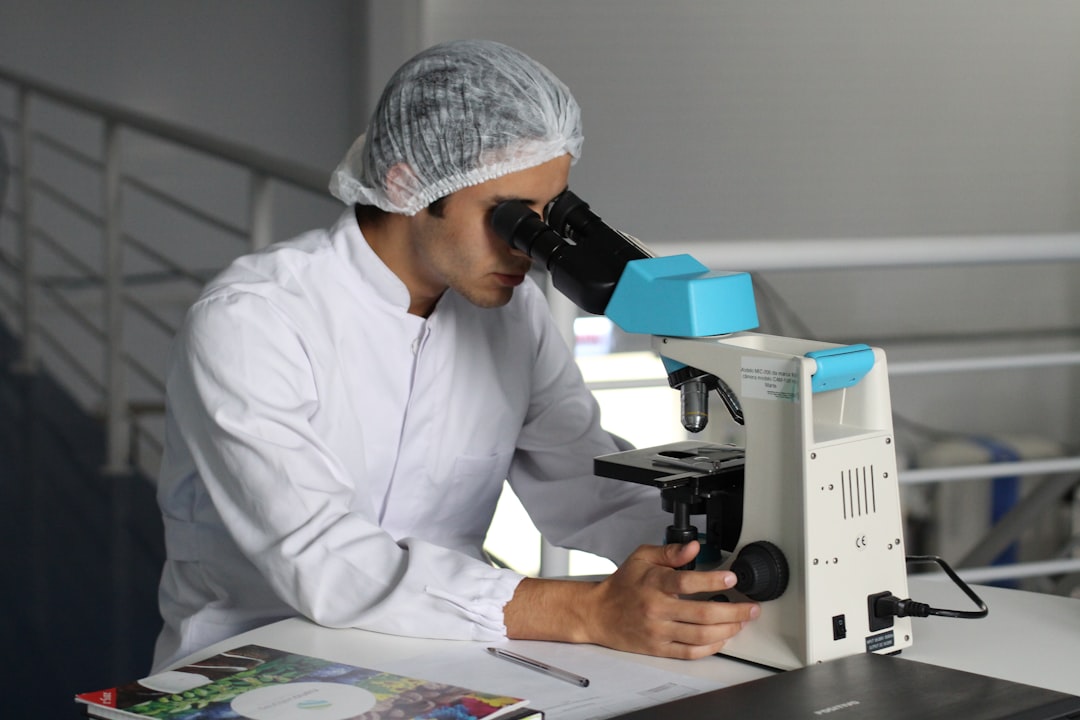What is it about?
The principles of current antiestrogen therapies are debated and new aspects to the treatment of breast cancer are proposed. In tumors, upregulation of estrogen signal via exogenous (natural) estrogen improves DNA repair leading to a self directed apoptotic death. In tumors, the increased expression of growth factor receptors is not a proliferative stimulus but rather it is an effort for unliganded ER activation and consequential apoptotic death.
Featured Image

Photo by Alexandr Podvalny on Unsplash
Why is it important?
There are no direct correlations between high estrogen concentrations and breast cancer risk, but rather a defective ER signaling is the highest risk for breast cancer.
Perspectives
Synthetic estrogens are not ER agonists but rather they are inhibitors of the unliganded activation of ERs. The inhibition of either estrogen synthesis or a liganded activation of ERs by antiestrogen treatment may not accomplish a direct downregulation of cell proliferation, but rather it provokes a compensatory upregulation of ER signaling. In tumor cells, the stabilization of genomic machinery and self-directed death may be achieved via a balanced activation of the AF1 and AF2 domains of ERs by natural estrogen treatment.
professor Zsuzsanna Suba
National Institute of Oncology Budapest
Read the Original
This page is a summary of: Amplified Crosstalk Between Estrogen Binding and GFR Signaling Mediated Pathways of ER Activation Drives Responses in Tumors Treated with Endocrine Disruptors, Recent Patents on Anti-Cancer Drug Discovery, October 2018, Bentham Science Publishers,
DOI: 10.2174/1574892813666180720123732.
You can read the full text:
Contributors
The following have contributed to this page










